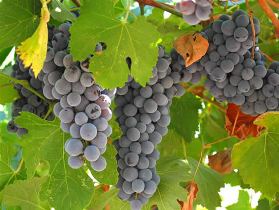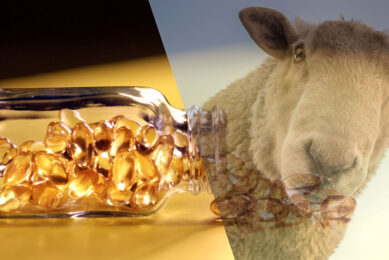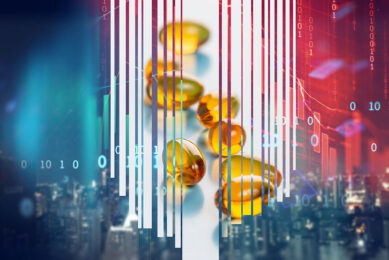Provimi puts vitamin E research in a broader perspective

Recently, remarkable research results have been published about the use of vitamin E in the dry period and the effect on mastitis in dairy cows.
Provimi had an important role in this research which was carried out by Ruth Bouwstra at the Veterinary Department of the University in Utrecht.
In a field trial dry cows were fed an additional amount of 3,000 mg vitamin E per animal per day on top of their regular ration.
In this group of cows the incidence of mastitis was higher than in a group of comparable cows at the same farms which were fed 135 mg vitamin E per animal per day.
Overdosing is harmful
For the first time in years it has been published that too much vitamin E supplementation in the dry period can be harmful.
However, the chosen amounts of vitamin E were extreme. 3,000 mg vitamin E is rather high while 135 mg vitamin E is rather low. Especially when the level of 3,000 mg vitamin E per animal per day is fed throughout the whole dry period it is very harmful to the animal.
Natural polyphenols
Last year, anticipating on this research, Provimi replaced a part of the vitamin E content in all Rupromin minerals by GrapePP, based on their own insight and knowledge.
GrapePP is a natural polyphenols product which is extracted from grape seeds. The product is known for supporting the antioxidant function of vitamin E.
Scientific literature shows that the combination of different antioxidants together has a stronger effect on the cow’s immunity than a high dose of only vitamin E, for example.
Besides the supportive function of GrapePP it is also a cost saving product because it is cheaper than vitamin E.
Blood tests
At this moment, Provimi continues to do research on the mode of action of antioxidants. For example, it’s not sufficient to measure the blood vitamin E level eight weeks before calving.
Measuring the blood vitamin E level throughout the dry period and after calving is much more important.
As explained in Figure 1, it is commonly known that the blood vitamin E level around calving is strongly reduced despite a high dose of vitamin E in the dry cow ration.
<- Figure 1 – Vitamin E level in blood of cows in dry period and early lactation (Smith et al., JDS 75:1659)
Besides that, it is important to have a critical look at the availability of several antioxidants. Like vitamin E, also GrapePP and selenium are of great support to the cow’s immunity.
Not only the dose but also the way it is available (organic-inorganic) and supplemented to the cow are important for the success of antioxidants.
Because several problems around calving have a negative effect on the mode of action of antioxidants, it is important for farmers to keep a close eye on the performance of the herd.
The body condition score should not be too high in dry period and the vitamin and mineral supplementation should be sufficient to prevent milk fever, ketosis, rumen acidosis and fatty liver syndrome.
Recent outcomes of Provimi research reveal that vitamin E levels in blood are reduced as a consequence of sub acute rumen acidosis.
Concluding
It can be concluded that antioxidants are still very important to improve the overall immunity of cows, especially around calving. Besides a correct dose of vitamin E in the dry period and lactation there are other successful antioxidants which support the mode of action of vitamin E.
Join 26,000+ subscribers
Subscribe to our newsletter to stay updated about all the need-to-know content in the feed sector, three times a week. Beheer
Beheer









 WP Admin
WP Admin  Bewerk bericht
Bewerk bericht